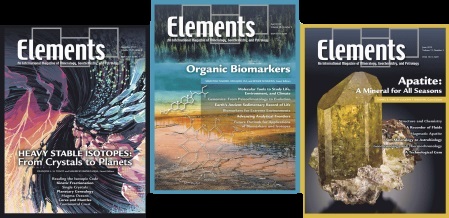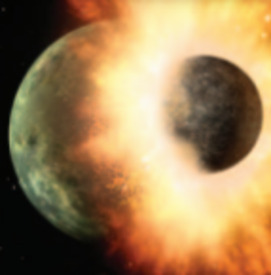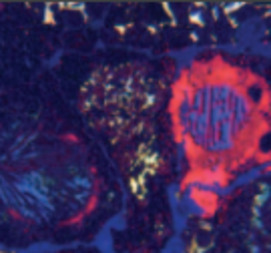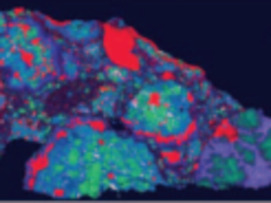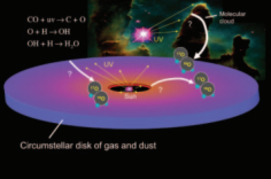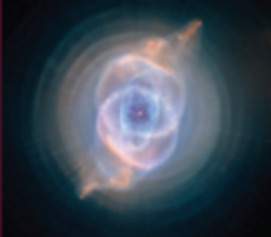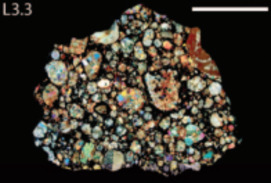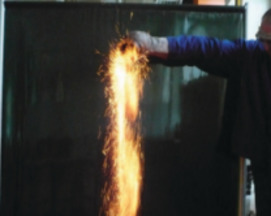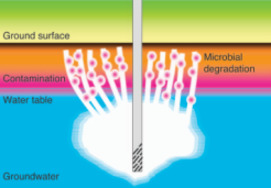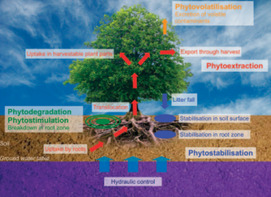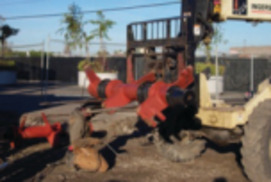Chronometry of Meteorites and the Formation of the Earth and Moon
The planets of the Solar System grew by collisions, starting with the aggregation of tiny dust particles within the solar nebula and culminating in giant collisions between large planetary bodies. These giant impacts occasionally caused the formation of satellites such as the Earth’s Moon. Our understanding of planet formation is based on information from various sources, including meteorites – leftovers from the earliest stages of planet formation – and samples from the Earth and Moon. By combining results from isotopic dating of these materials with dynamic modelling of the solar nebula and planet formation, researchers can reconstruct the accretion and early evolution of planetary bodies during the first ~100 million years of Solar System history.
Chronometry of Meteorites and the Formation of the Earth and Moon Read More »

